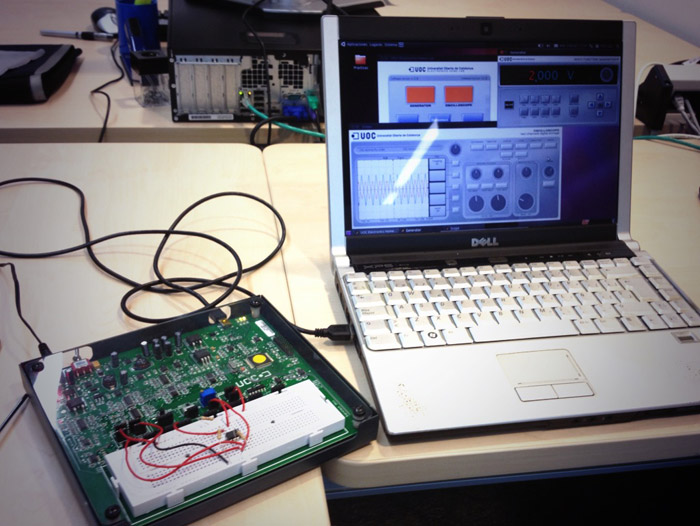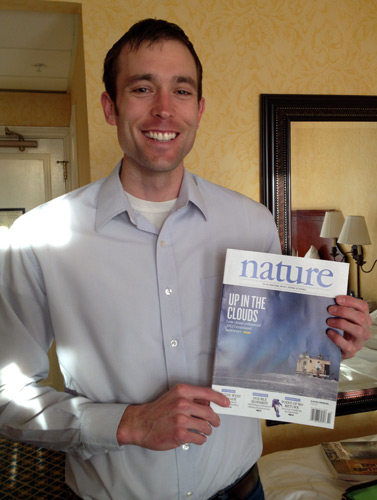A new semester is upon us and the university is buzzing with excitement!
This semester I am teaching two courses: (1) our program’s introductory Instructional Design & Technology course, and (2) a PhD level course on Design-Based Research.
Last year, I shared my Instructional Design & Technology syllabus. This year, I thought I would share a more involved description of one of my activities with you. The goal of this activity is to engage students in investigating various instructional design models through developing a digital story, and comparing and contrasting various models through discussion with each other. Part of the activity occurs on an online discussion board, but it’s easy to adapt it for face-to-face courses as well. A description (and a link to a pdf version of the activity) can be found below. Enjoy!
Exploring Instructional Design Models: An activity for introductory Instructional Design courses
Dr. George Veletsianos (https://www.veletsianos.com); University of Texas at Austin
Students are assigned to online discussion groups (three or four students per group). They each select an ID model other than Dick and Carey, create a digital story about their model, describe how the models differs from Dick and Carey, and discuss their findings with each other. The reason that students pick a model other than Dick & Carey is because Dick & Carey was the model used in this particular course. This activity can be implemented with any other model used as a core ID model.
Individually, students:
- Study an alternative ID model,
- Develop a digital story explaining the ID model and its focus,
- Write a one paragraph description (about 300 words) explaining the ways the model they selected differs from Dick and Carey.
- Share the story and the paragraph within the group that they were assigned, and
- post two comments on 2 alternative models shared within their own group
How do I choose an ID model to study?
One way to go about this is to visit the library and look for books on ID. Another way is to search the web for instructional design models and find one that appears interesting to you.
A list of instructional design models can be found at http://carbon.ucdenver.edu/~mryder/itc/idmodels.html or http://www.instructionaldesign.org/models/index.html
Skim through these and select one. You might choose one that appears similar to Dick and Carey or one that is quite divergent from it. Spend some time reading about this model. Consider what it focuses on and figure out how to explain it to others using a digital story.
What is a digital story?
In short Digital Storytelling is the practice of using Internet tools to tell stories. In this case, you are creating and telling the story of an ID model. Next, you might want to look at the tools that you can use to develop your story. I would like you to use tools that would make the process both challenging and fun. For instance, look at this page http://cogdogroo.wikispaces.com/StoryTools and look at the comic/sketch tools on there. A few more tools that would be fun are:
http://www.xtranormal.com/
http://www.makebeliefscomix.com/
http://www.pixton.com/
(or any others that you find and you think would help you get your story/ID model description across)
Once you create the story you should share it within your group (either by uploading a screenshot of the comic along with the paragraph, or by posting a link to it in your group along with the paragraph).
The next step is to look at your colleagues’ postings, explore their model through their story, and post 2 comments on their models (1 on each model).
This activity is shared under the following Creative Commons license:
Attribution-NonCommercial-ShareAlike 3.0 Unported (CC BY-NC-SA 3.0)
http://creativecommons.org/licenses/by-nc-sa/3.0/



